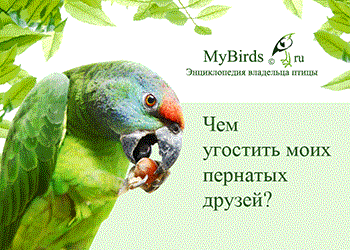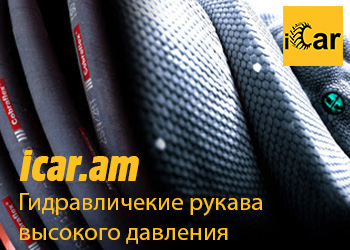The cockatiel (Nymphicus hollandicus), also known as the quarrion and the weiro, is a member of the cockatoo family endemic to Australia. They are prized as household pets and companion parrots throughout the world and are relatively easy to breed.
The cockatiel is the only member of the genus Nymphicus. It was previously considered a crested parrot or small cockatoo; however, more recent molecular studies have assigned it to its own subfamily, Nymphicinae. It is, therefore, now classified as the smallest of the Cacatuidae (cockatoo family). Cockatiels are native to Australia, and favour the Australian wetlands, scrublands, and bush lands.
All wild cockatiel chicks and juveniles look female, and are virtually indistinguishable from the time of hatching until their first moulting. They display horizontal yellow stripes or bars on the ventral surface of their tail feathers, yellow spots on the ventral surface of the primary flight feathers of their wings, a grey coloured crest and face, and a dull orange patch on each of their cheeks.
Adult cockatiels are sexually dimorphic, though to a lesser degree than many other avian species. This is only evident after the first moulting, typically occurring about six to nine months after hatching: the male loses the white or yellow barring and spots on the underside of his tail feathers and wings. The grey feathers on his cheeks and crest are replaced by bright yellow feathers, while the orange cheek patch becomes brighter and more distinct. The face and crest of the female will typically remain mostly grey, though also with an orange cheek patch. Additionally, the female commonly retains the horizontal barring on the underside of her tail feathers.
When the breeding season is near, cockatiel pairs start to searcр for a suitable breeding place. The pair can part from the other flock but they can also form small colonies.
First the male checks out the potential nesting hole and decorates it by chewing. If the hole is suitable, male introduces the place to the female. Both becoming parents chew wood and leaves to form a padding to the nest hole’s floor. The urge to chew nesting material reflects also in pet conditions: pet cockatiels that are in the nesting momentum will chew everything near to the “potential” nesting place.
The cockatiel hen lays usually 4-5 eggs, sometimes more. Both parents co-operate and participate taking care of the eggs and chicks. In wild, males take turn in incubation from early morning hours till the late noon. Females are responsible for the evening and night. Chicks are hatches after 18-20 days of incubation and leave the nest at the age of 4 to 5 weeks. After that they keep following their parents for a while. Cockatiels mature at the age of 8 to 10 months.
The cockatiel’s lifespan in captivity is generally given as 16 to 25 years, though it is sometimes given as short as 10 to 15 years.








